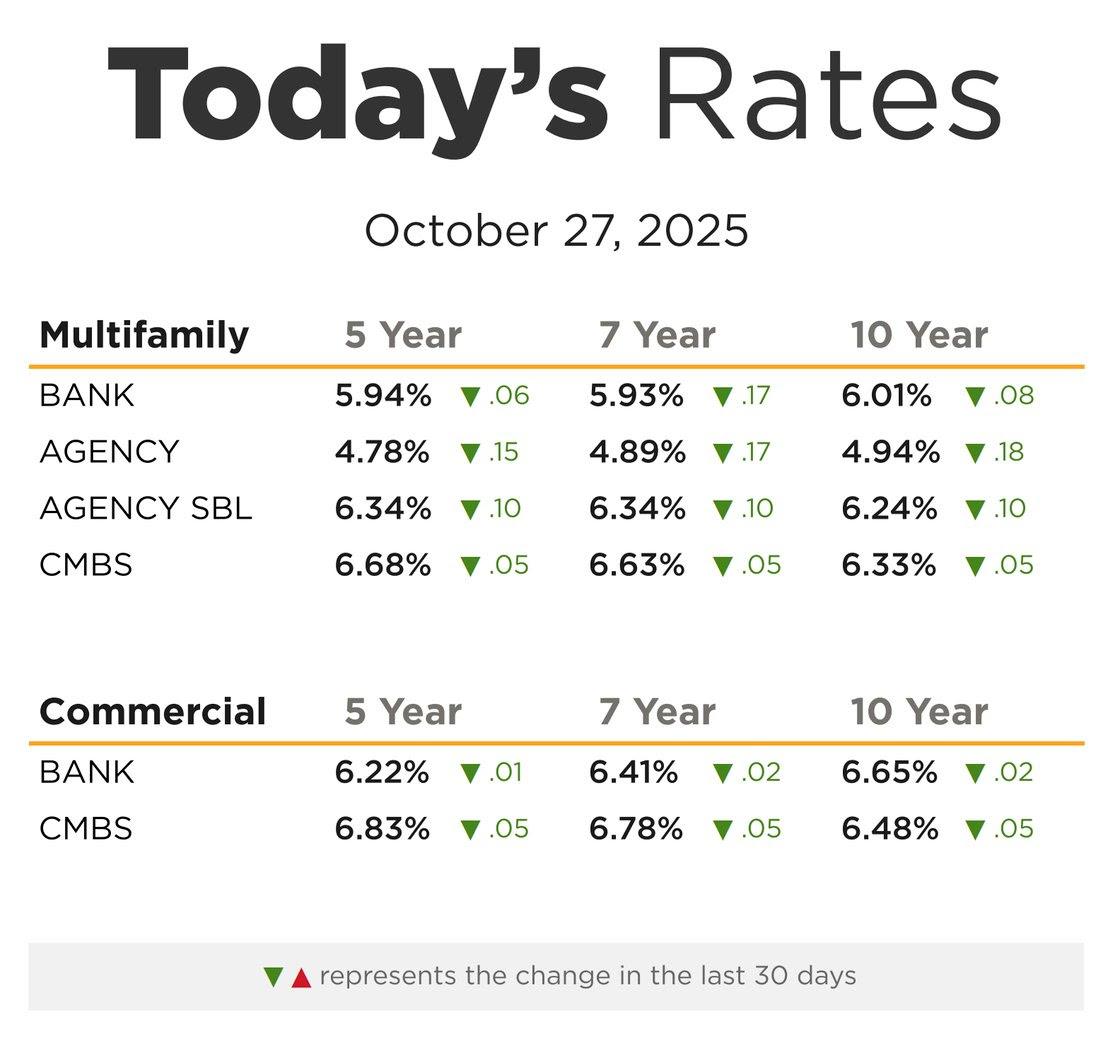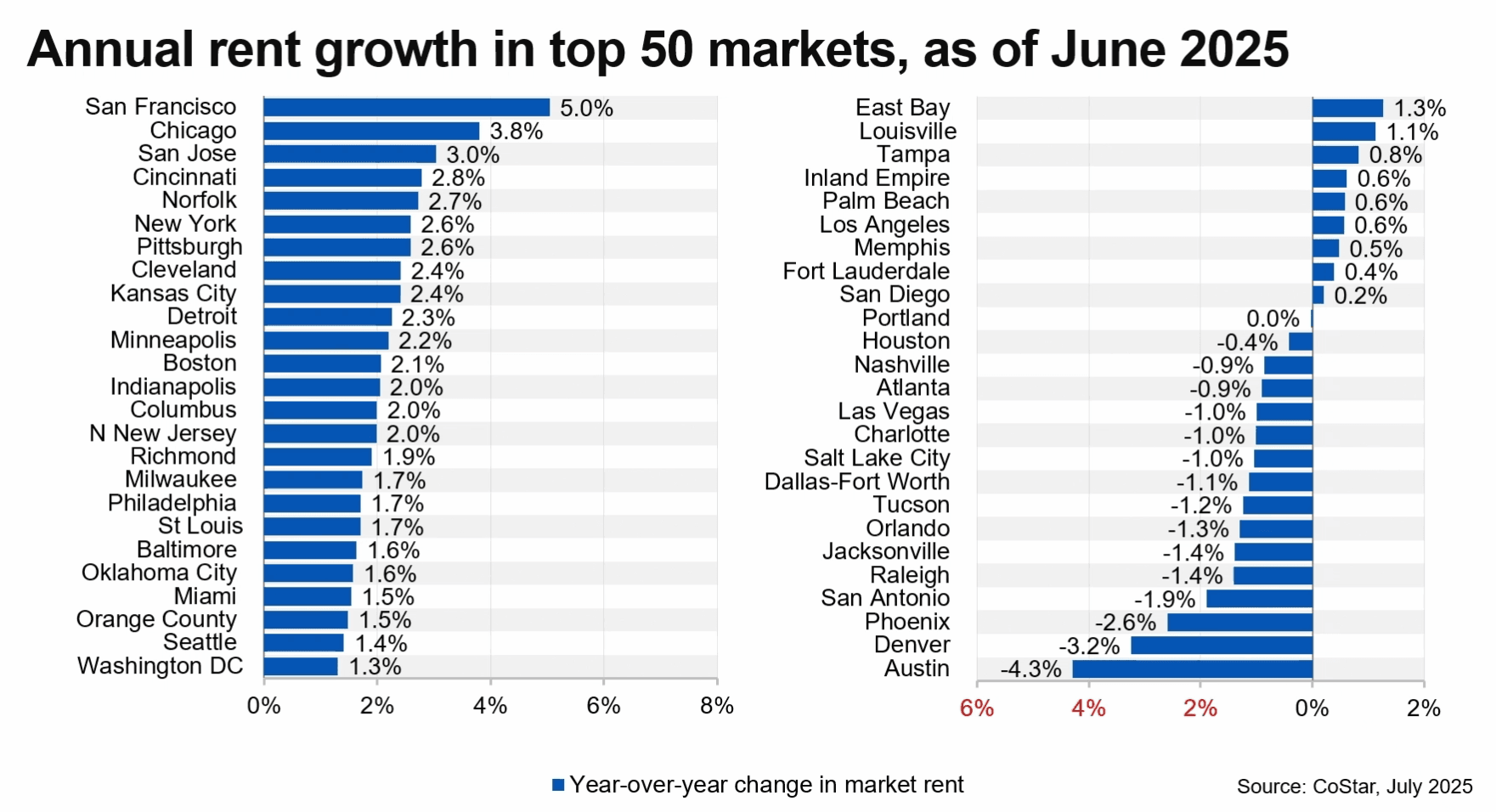Now, with the market moving back to normal, private investors have gotten more aggressive.
Since the COVID crisis began, private investors helped drive the market, according to a recent report from Marcus & Millichap.
In the report, M&M says the murky long-term health outlook, combined with barriers resulting from an inability to travel, forced institutional investors to take a step back.
With institutions mainly on the sidelines, private buyers pounced. During the 12 months ending in March 2021, 55% percent of the dollars invested came from private buyers. M&M says this ratio is 300 basis points above where it was in 2019 before the health crisis.
Early in the pandemic, M&M says they were able to collect assets at favorable pricing. But now, with the market moving back to normal, private investors have gotten more aggressive.
Private investors have been competing in all asset types. In the hot industrial category, the ratio of private investment doubled between the first quarter of this year and the same period in 2020. The share of private investor capital was 66% of the 2020 dollar volume. During Q2 2020, when uncertainty was at its peak, that figure hit 76%. It is still above its historical average.
Private investors were also active in harder hit-sectors. They made approximately 67% of the 2020 retail sales volume. In Q1, 2021, private buyers were the most active purchasing grocery-anchored centers.
While private buyers constituted a smaller share of office buyers, their activity is picking up, according to M&M. In Q2 and Q3 2020, they represented over 40% of the total dollar volume for office transactions. They have also been chasing medical office properties, providing 55% of investment dollars in 2021. In contrast, institutional-grade investors grabbed a large share of offices in central business districts at the beginning of this year.
While M&M expects a diverse investor pool in the future, it expects higher engagement from larger investor organizations moving forward. Usually, private capital captures a larger share of the market during times of uncertainty, but M&M expects greater private investor engagement across all major property types.
Reonomy took a look at larger buyer preferences during the pandemic in a recent report and found that the 35 major institutional real estate owners’ investment activity, as measured by properties acquired and total dollar volume, fell by 34% in 2020 compared with 2019. Not only was this the most significant decline in investment in the last decade, but it put buying activity at 2014 levels.
When big money buyers did make purchases in 2020, they were mainly in line with their pre-pandemic buys. For instance, they continued to make allocations in the South and West, where they invested before COVID. Roughly 80% of properties were located in these regions at the end of the year.
Receive Market Insights
Periodic analysis on rents, pricing, cap rates, and transaction activity across Chicago and key suburban markets.



